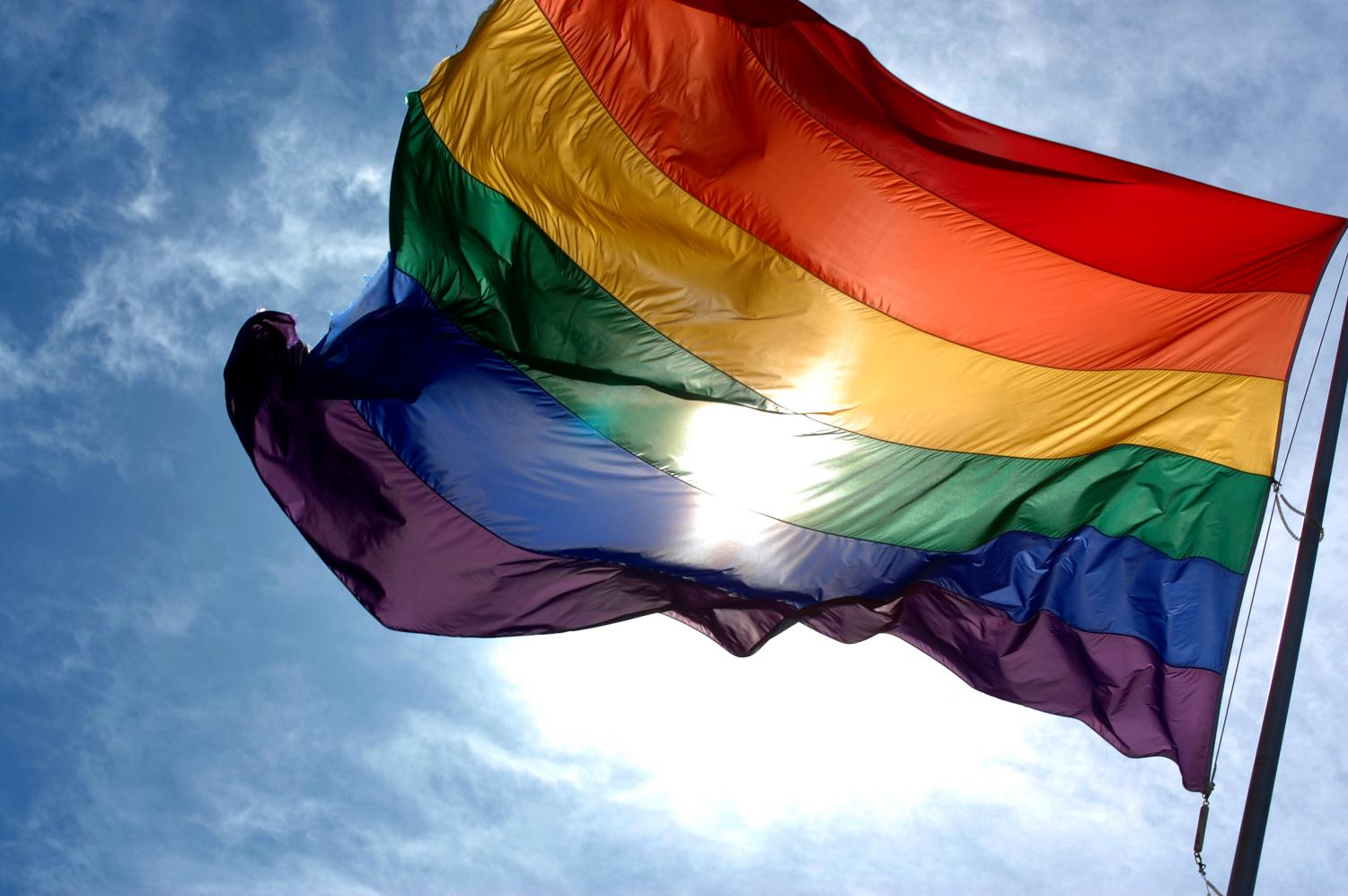Progression of LGBTQ+ rights in US
January 14, 2020
It was a Friday afternoon when a thirteen year old was writing an email to their principal about their identification as non binary (a person who does not identify with the typical male or female genders). When they first came out as a part of the LGBTQ+ (Lesbian, Gay, Bisexual, Queer, and Transgender, among other identities) community, they were faced with hatred and rude remarks from their family, and they were hoping to find a support system at school.
They had no idea that in two weeks, they would be met with love and support after coming out to their entire grade. In the process, they gained a lot of new friends and were able to relate to classmates with similar stories.
The LGBTQ+ community is constantly being faced with success and triumph. Despite all of these advancements, the community still struggles. They still endure violence and discrimination when it comes to bathrooms and jobs.
So, does the growth the community has faced outweigh the struggles? Or vise versa?
The answer to this question might seem simple at first, but it is actually difficult to conclude.
Thirteen year old Madison Rivera decided to start a GSA (Gender Sexuality Alliance) in their school, Girls Prep Lower East Side Middle School, located in Manhattan. They were disappointed when they realized that their school did not already have one, so they decided to take matters into their own hands.
“I wanted to create a safe space for people, where they could be themselves without judgement,” Rivera states.
Many schools are starting to create Gender Sexuality Alliances so that students can freely express themselves. The iSchool also has a GSA, managed by Dr. Snyder. They meet every Tuesday after school and learn about important LGBTQ+ events and identities. The Girls Prep GSA has a similar goal, and meets every Wednesday before classes.
Aliya Edwards, a member of the Girls Prep GSA, states that she believes the accomplishments outweigh the struggles: “The LGBTQ+ community went through struggles, but now they are recognized around the world and even have their own parade showing them love and acceptance.”
But Enely Bueno, also a GSA member, disagrees and said, “I’m not sure if the accomplishments outweigh the struggles.”
So clearly, the answer to this is up for debate. But that brings up the question, what exactly are the achievements and conflicts that the LGBTQ+ community have experienced?
An article written by CNN explains some LGBTQ achievements. It begins in 1924 when the Society for Human Rights was founded and continues to state other LGBTQ milestones, like the police raid at the Stonewall Inn, when the ‘Don’t Ask, Don’t Tell’ rule was repealed and when the Defense of Marriage Act was made (which defined marriage as the union of one man and one woman).
On June 26, 2015, gay marriage was legalized in the United States. This was another major milestone.
Another article, from Teen Vogue, also mentions historic moments for the community. Homosexuality was no longer a mental illness starting in 1973, the Equality Act was introduced, and when it was announced that New York City will honor LGBTQ+ activists Marsha P. Johnson and Sylvia Rivera with monuments in May of 2015.
On the other side of things, there’s an LGBTQ Youth and Suicide Article that states, “1 in 3 transgender youth in NYC have seriously thought about taking their lives, and 2 in 5 report having made a suicide attempt in the past 12 months.”
The Trevor Project is another great safe space for LGBTQ+ individuals. They describe themselves as the, “leading national organization providing crisis intervention and suicide prevention services to lesbian, gay, bisexual, transgender, queer & questioning youth.”
In their ‘Preventing Suicide’ page, they write that, “LGB youth are almost five times as likely to have attempted suicide compared to heterosexual youth” and, “40 percent of transgender adults reported having made a suicide attempt. 92 percent of these individuals reported having attempted suicide before the age of 25.”
Adding on, the Center for American Progress made an article discussing GSAs around America, “Gay and transgender students who report having a GSA are less likely to report feeling unsafe in their schools.”
The Movement Advancement Project has a map showing which states have positive and negative LGBTQ+ policies. It shows that currently, twenty-six states have policies that negatively target the LGBTQ+ community. New York and California are among the most progressive states, while states such as Atlanta, Georgia, and North Dakota have policies that don’t support LGBTQ+ individuals.
It is clear that everyone has their own opinion about the LGBTQ+ community’s progress. Regardless of this, it is important to learn about the community, its history, and what it’s going through right now. This can impact how LGBTQ+ individuals are perceived in the future, and how future generations express themselves. Society has and will continue to shape how minorities, like the LGBTQ+ community, are viewed, therefore, knowledge about the community is crucial if people want the community to progress.
